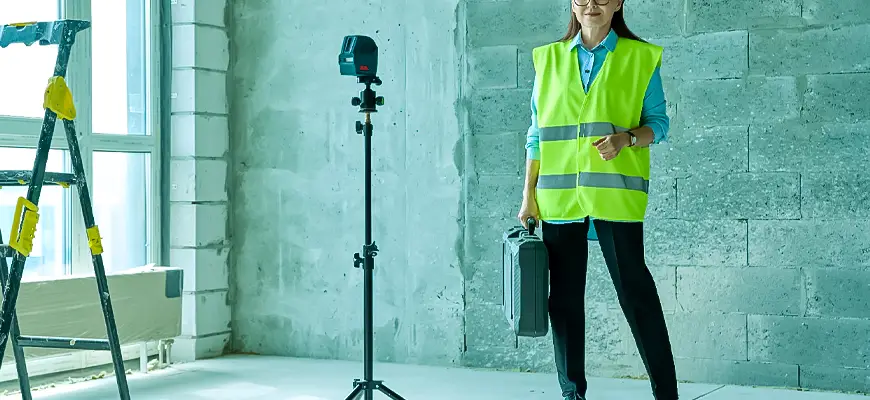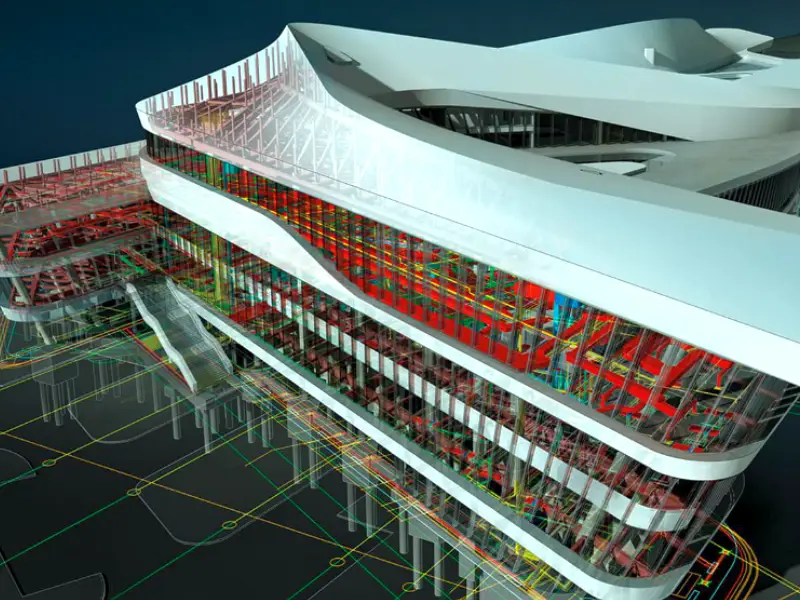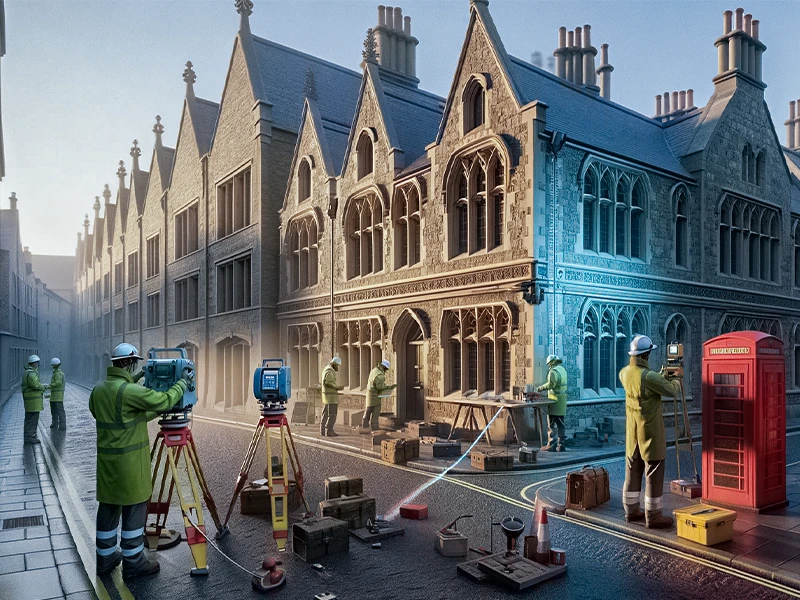
Measured Building Survey
Benefits of Measured Building Survey
A redundant expense like a survey may seem like it when you’re already shelling out a lot of money for a house.
However, it’s far preferable to know about any issues before purchasing a house, allowing you to make an educated choice before overpaying for it and, if needed, setting aside money for repairs.
Should significant issues be found, you might be able to utilise the survey data to bargain with the vendor.
For instance, you might request a £10,000 discount on the purchase price of the property or require the seller to undertake the required repairs before the exchange of contracts if your survey reveals that you would need to perform repairs that will cost £10,000.
Accuracy
Build a Strong Project Foundation
Accurate information gathering throughout the project’s early phases is crucial since it can prevent many issues, such as unforeseen expenses, delays, and fittings.
Measured building surveys significantly impact the project. The highly detailed and precise information provided in the research can be used by your architect to inform their work, resulting in a more accurate and reflective design of the property that considers existing elements.
Additionally, this data can be used as a point of reference or to guide future work throughout the project, such as building adaptations, rebuilds, and renovations.
Property Valuation

Time and Cost-effective
While doing building work, cost management is crucial wherever possible.
Implementing measured building surveys favours project efficiency since it reduces the possibility of costly and time-consuming errors during the process. A measured building survey guarantees an exact drawing of the floor areas, room widths, and room heights created by your architect. This makes precise measurement-based planning of construction projects possible.
On the other hand, your contractor may need help during construction if the project is scheduled using correct measurements, which could lead to material waste, delays in project completion, and higher labour costs.
We advise obtaining a measured building survey to control expenses, adhere to strict schedules, and avoid unforeseen issues later in the project.
Dig deeper: Measured building survey cost
Risk Management
Property owners and insurers can assess and manage risks more effectively with precise records of a building’s condition and construction. Measured building surveys are helpful in the claim’s procedure in the event of damage or disaster, as they help to precisely calculate repair or replacement costs and determine the amount of damage.
Explore in detail: Benefits of a measured building survey
Why are Measured Building Surveys Important?
The Technology Used in a Measured Building Survey

The use of technology is crucial in modern building surveys. Laser scanning and 3D modelling techniques improve data collection efficiency and accuracy by producing accurate and precise representations of structures. These technologies capture complex shapes and minute details that conventional approaches can miss.
Furthermore, spatial analysis is made possible by integrating Geographic Information Systems (GIS), which enhances decision-making. Survey data is used by Building Information Modelling (BIM) software to generate collaborative, information-rich project models. Overall, technology facilitates smoother collaboration among survey professionals, expedites data collection, and increases accuracy.
Contribution of Measured Building Surveys in Construction
Conclusion
Measured building surveys are a vital resource in historic preservation, real estate, construction, and architecture. Their value is derived from their capacity to offer thorough and precise documentation of already-existing buildings, which promotes improved risk management, regulatory compliance, space optimisation, and decision-making. Measured building surveys are essential for preserving accuracy and integrity over a structure’s lifetime in a constantly changing constructed environment. For architects, engineers, and property specialists alike, these inspections are crucial for maintaining historical landmarks and optimising modern office spaces.




